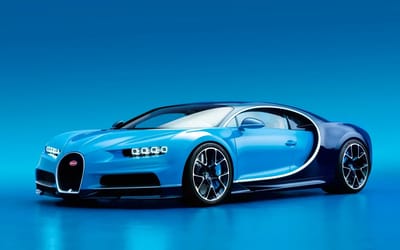BMW's iconic kidney grille has a brilliant story behind it
- BMW’s Kidney Grille has become an iconic styling feature of BMW
- It first debuted on the BMW 303 in 1933
- Here’s how it’s evolved over the 90 years that followed
Published on May 23, 2024 at 6:11 PM (UTC+4)
by Amelia Jean Hershman-Jones
Last updated on May 24, 2024 at 6:31 PM (UTC+4)
Edited by
Tom Wood
The twin-kidney grille has been a signature feature of every BMW for over 90 years.
But while you might recognize it instantly, you might not know the story behind it.
After making its debut on the BMW 303 in 1933, this distinctive front grille design has evolved – here’s how.
READ MORE! BMW-powered flying car AirCar bought by China
Subtle style changes, including size variations, shapings, and styling tweaks, reflect the company’s simultaneous innovative spirit and dedication to tradition.
The iconic grille design looks like two kidneys side by side and has a function in addition to its stunning form, making a BMW instantly recognizable even from afar.
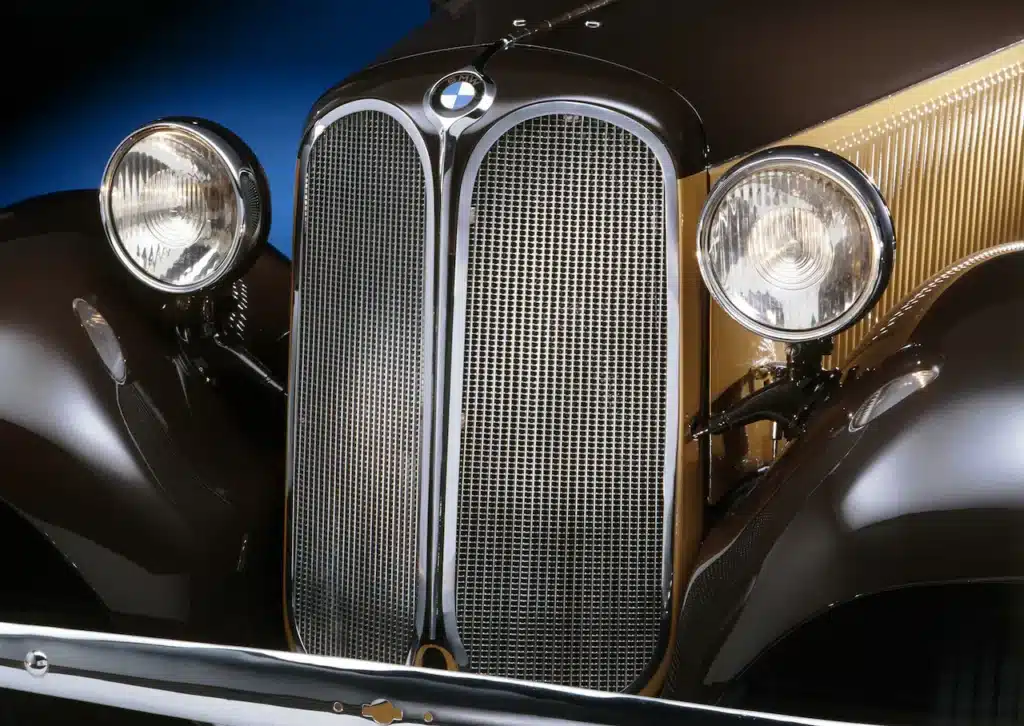
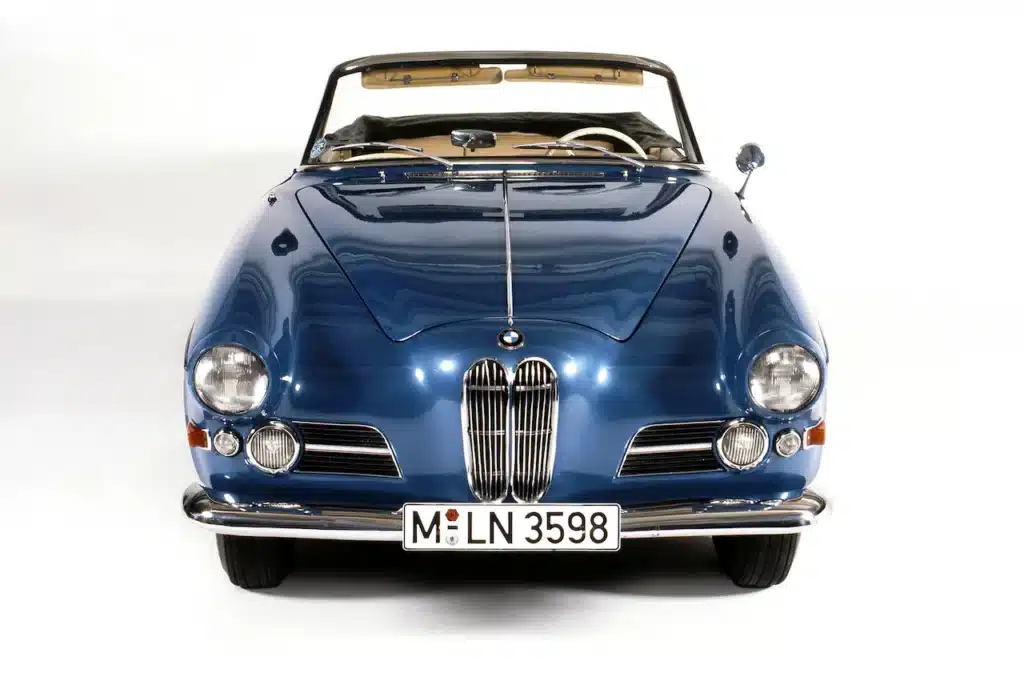
Its large surface area and vertical slats allow maximum airflow into the engine bay.
This, in turn, cools the radiator, condenser, intercoolers, and front brakes, keeping the engine at optimal temperature.
And while BMW has preserved the kidney grille design across model ranges and decades as a core part of its visual brand, it’s also been subtly evolving.
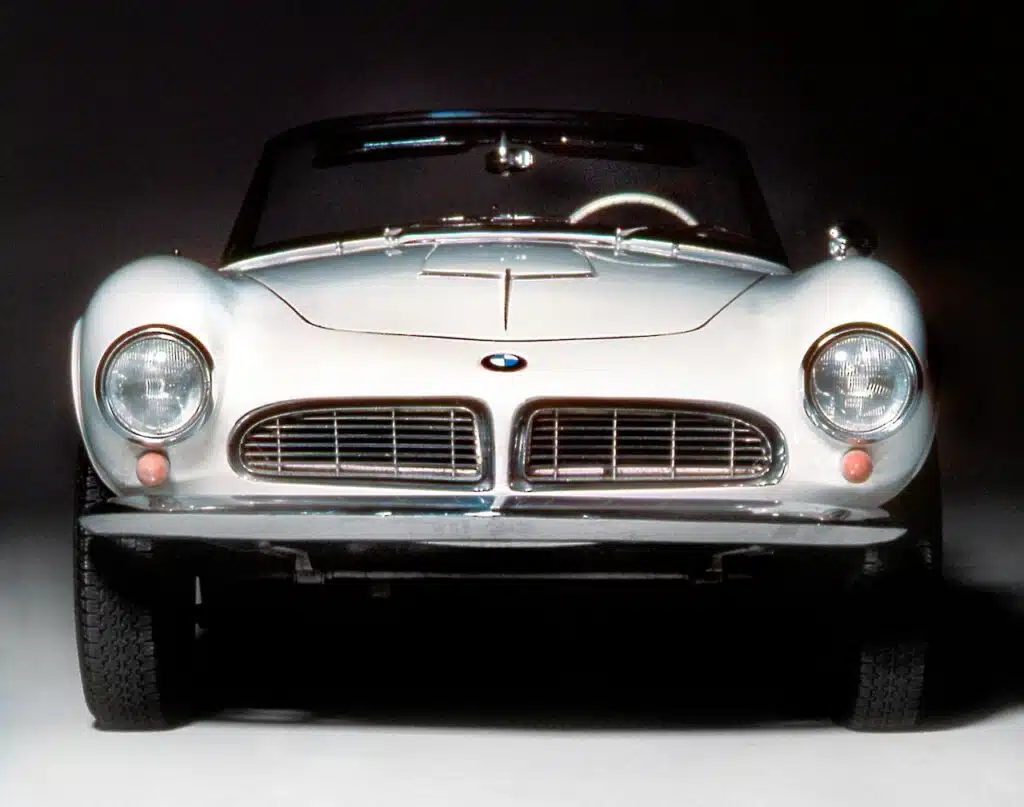
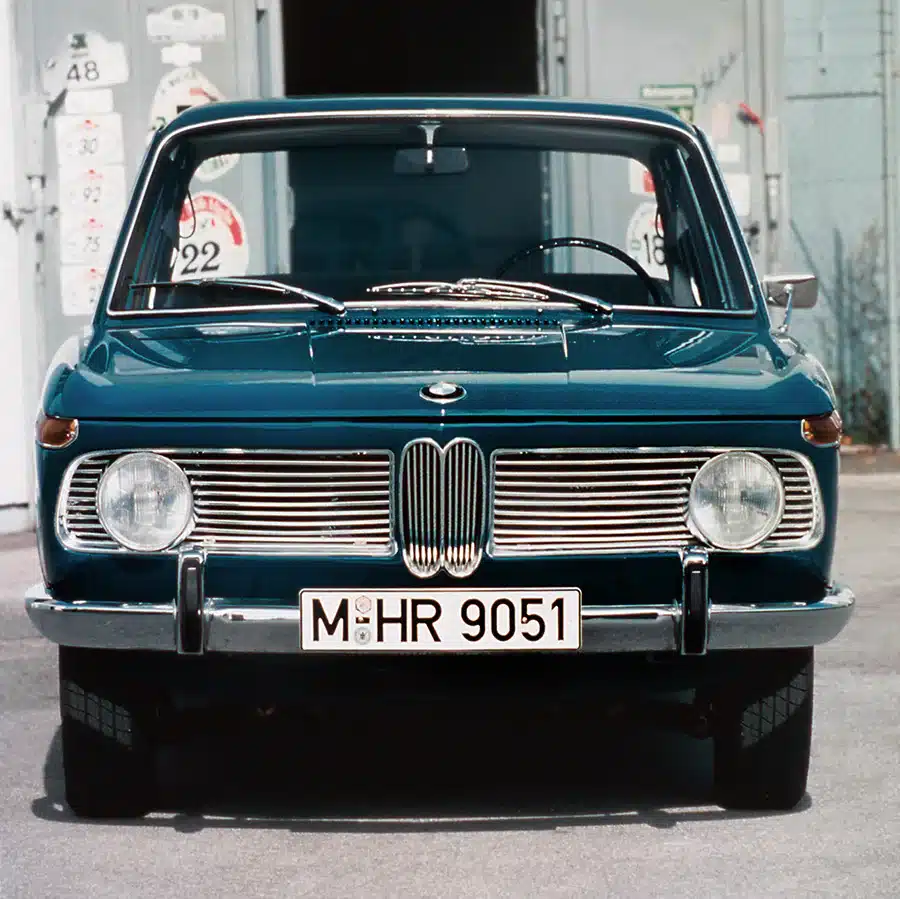
The basic shape has remained consistent since 1933 with space in-between allowing the BMW logo to be prominently displayed.
The first BMW model to feature the split kidney grille was the 303 sedan in 1933.
Chief designer Fritz Fiedler oriented the grille at a rearward angle to improve aerodynamics.
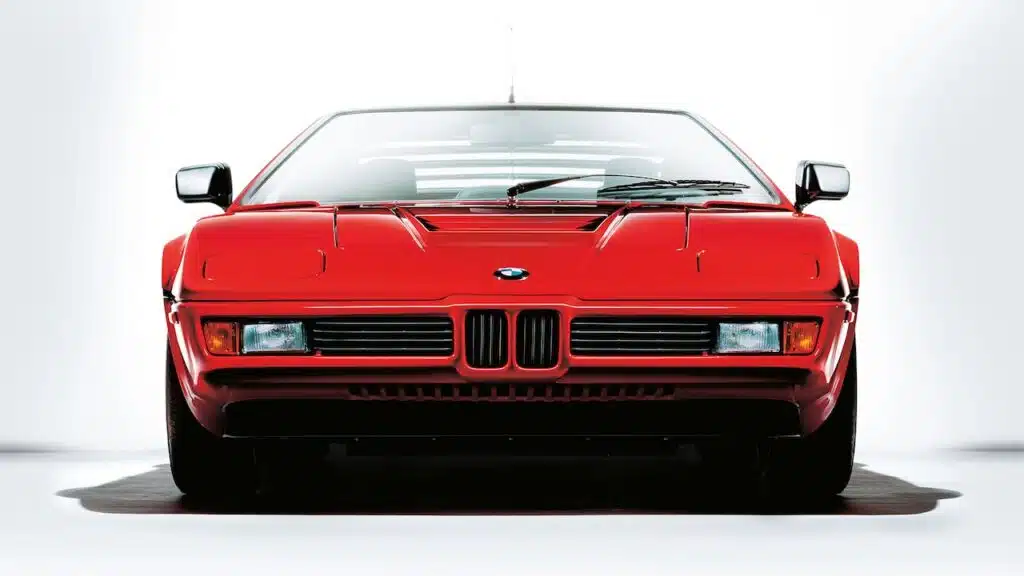
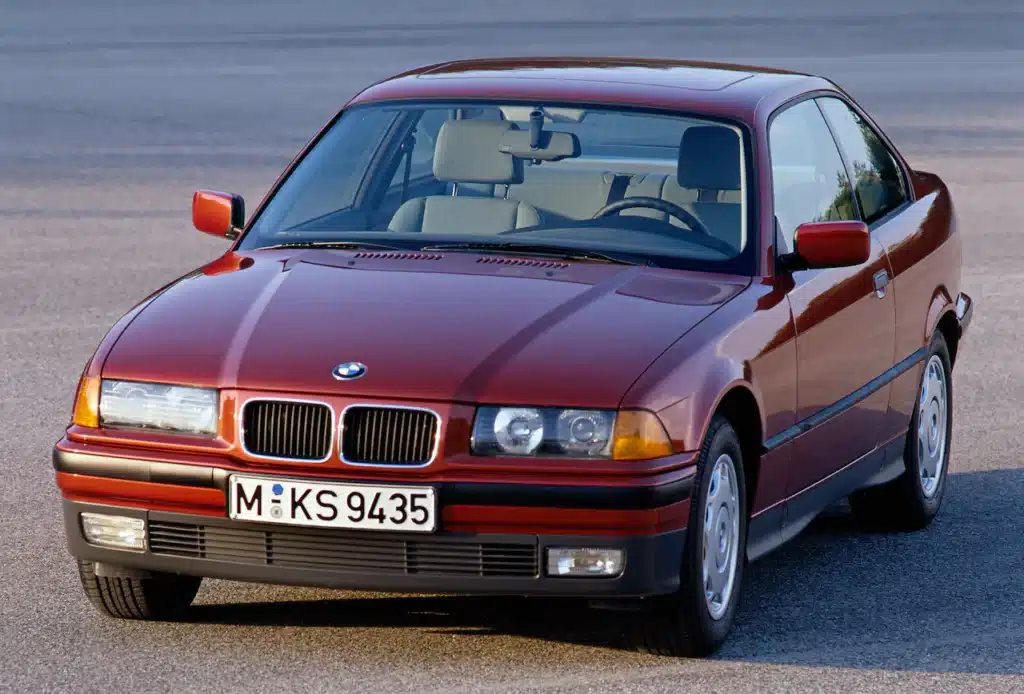
The legendary 328 sports car and the 501 luxury sedan also established its kidney grille as a signature styling feature during the years surrounding the war.
In the 1950s, BMW began reducing its height via the 503 sedan and 507 roadster of 1956, boasting wider, lower grilles that signaled the brand’s new focus on sporty elegance.
This continued with the compact, tucked-in grille of the 600 and first-generation 3 Series.
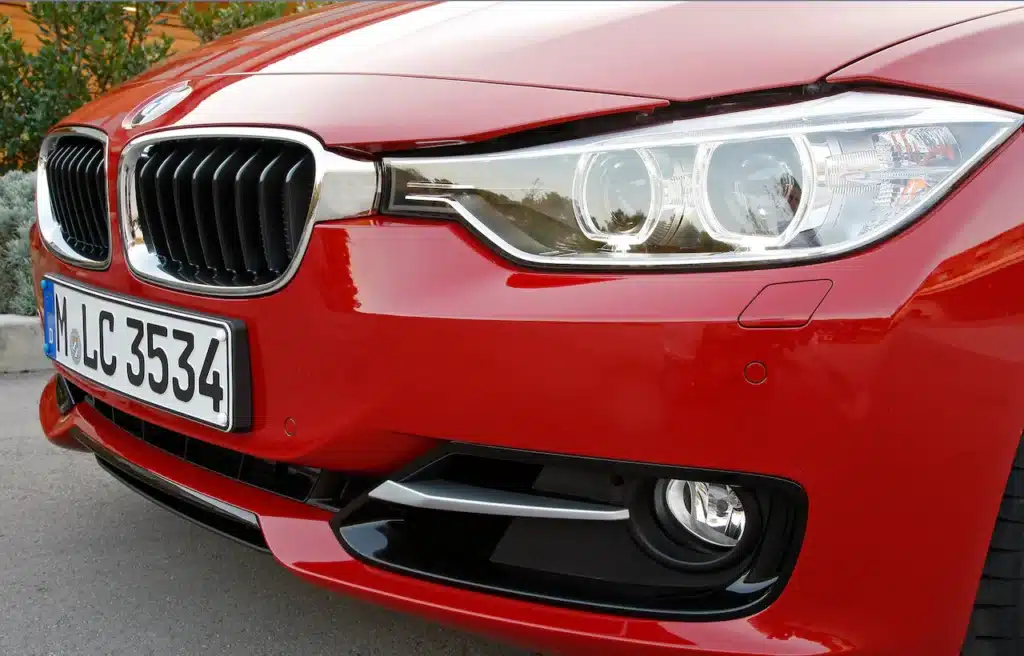
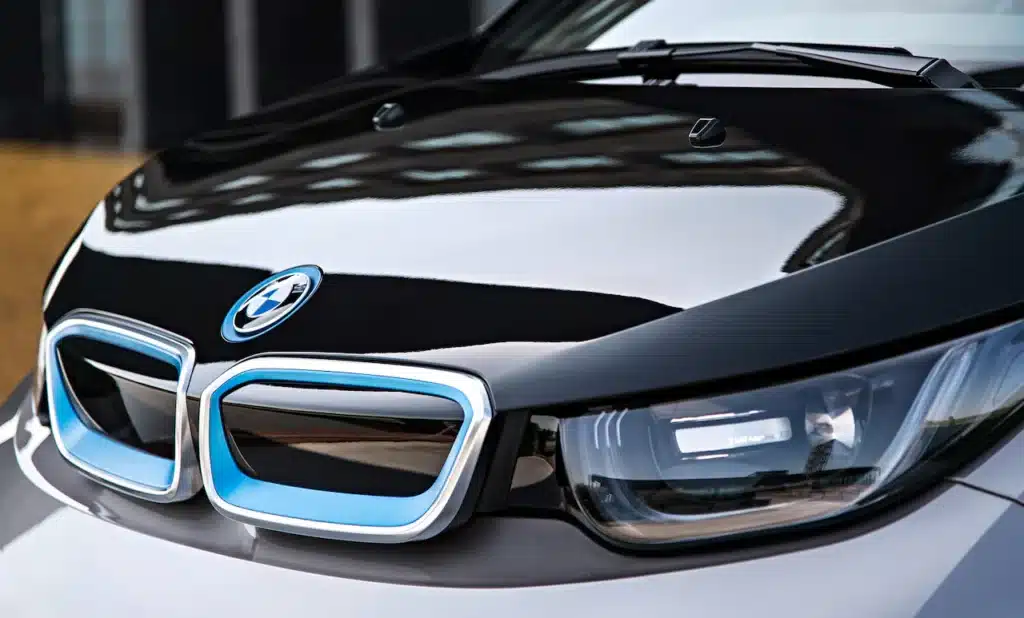
The 1970s ushered in a bolder design for the kidney grilles.
The 3 Series saw it widering, with pronounced rectangular headlights flanking a more imposing grille.
In the late 70s, the M1 – as owned by the late Paul Walker – took this to the extreme.
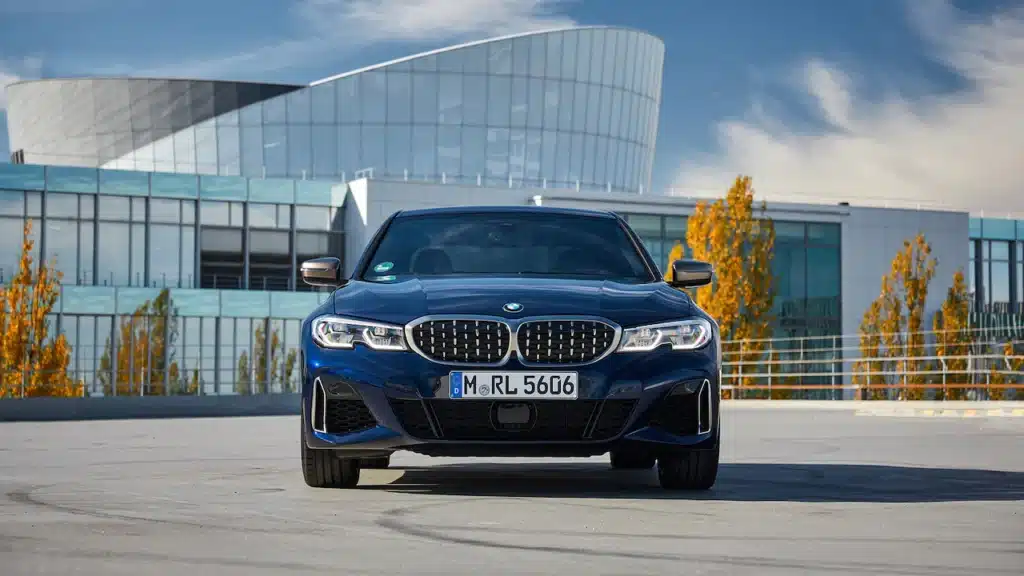
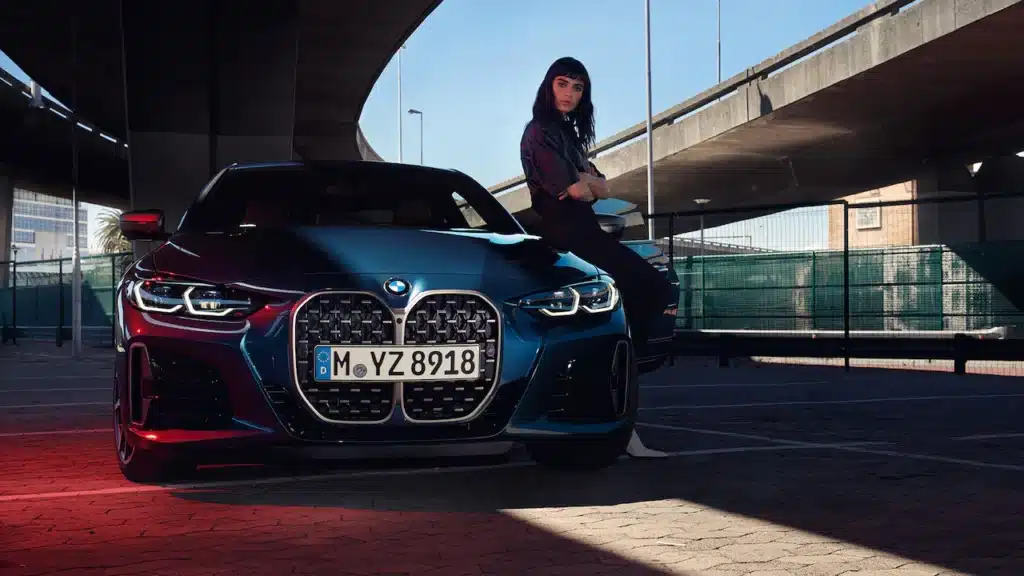
Into the 1980s, the 7 Series adopted a tall, upright grille paired with dual circular headlights that would persist for the next two decades.
In more recent years from the 1990s to today, the 8 Series featured a graceful sloping grille.
Meanwhile, the 2000s-era Bangle-designed cars like the 7 Series and Z4 roadster added convex curvature and angles that not everyone was a fan of.
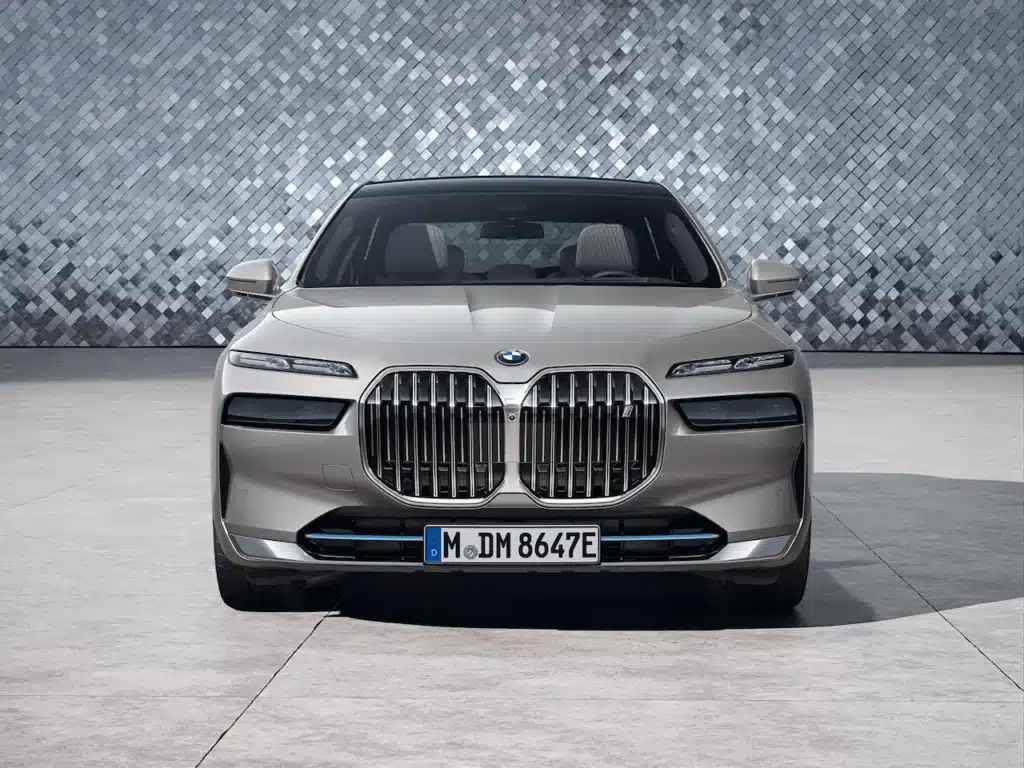

Hailing from the same era, this classic BMW 2002 TII looks normal but is hiding a big secret.
Oversize and artistic kidney grilles are on-trend today, dominating and polarizing the 7 Series and X7 SUV.
Grilles on today’s models are now more upright, wider, and merge seamlessly with the front bumpers.
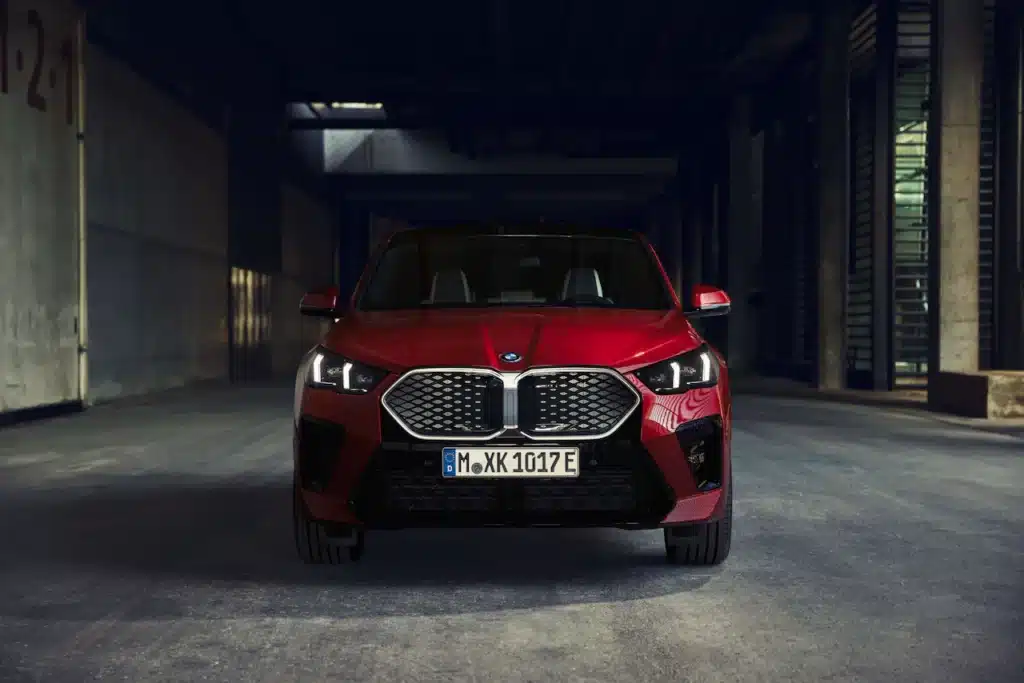
Chrome, gloss black, and other styling elements accentuate the iconic brand signature.
But while its shape, angle proportions, and styling may have changed the spirit of BMW’s commitment to forward-thinking, thrill, and refinement through engineering endures.
In two vision vehicle concept cars, BMW has provided a glimpse of the direction the BMW kidney grille is heading in.
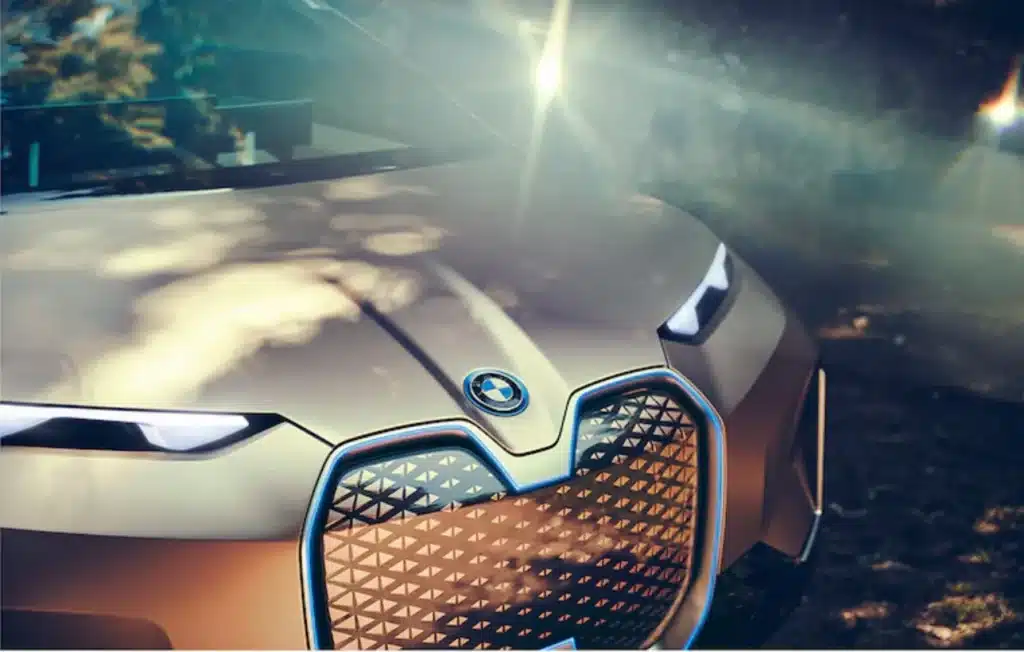
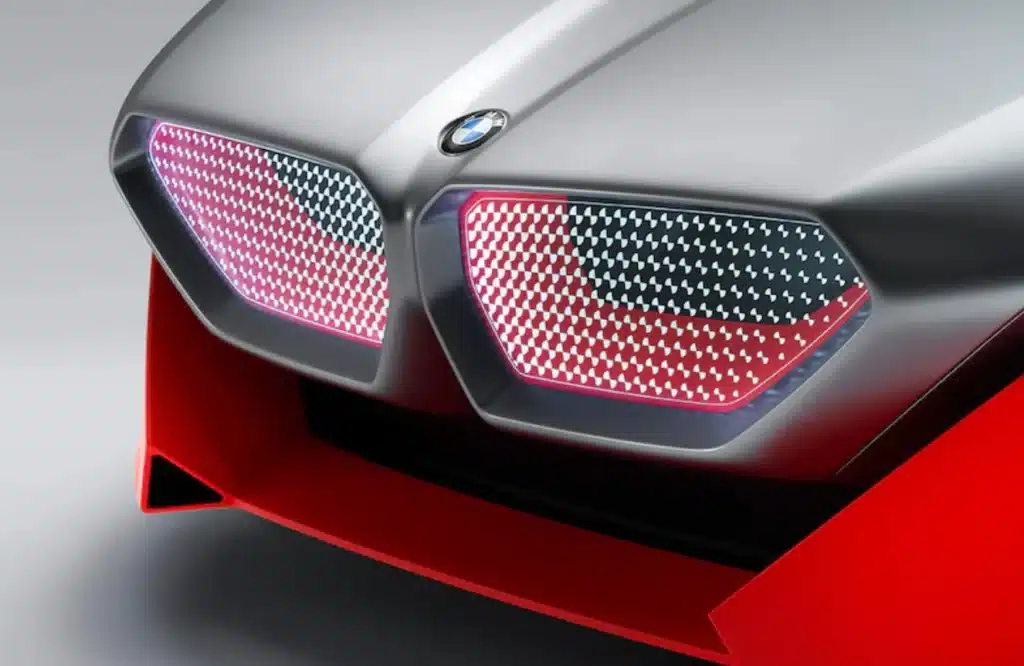
“In the all-electric BMW Vision iNEXT, a trial [is] given to a striking single break of the usual center bar,” they said.
“Behind the closed surface of the grille, cameras, sensors and other technologies for assisted and automated driving are hard at work. Internally, this solution is known as ‘shy-tech’ – high-tech that works in secret.”
They continued: “In the BMW Vision M NEXT hybrid sports car, meanwhile, the BMW kidney grill takes the shape of a sculpturally pronounced, glass-enclosed kidney grille that emerges directly from the front of the vehicle in a no-holds-barred style with surfaces featuring engraved, stylized BMW logos.
“The illumination of the grille and a color gradient inside it further heighten the three-dimensional effect.”
DISCOVER SBX CARS: The global premium car auction platform powered by Supercar Blondie
All Supercar Blondie contributors undergo editorial review and fact-checking to ensure accuracy and authority in automotive journalism. After gaining her BA Hons in French and English at the University of Nottingham, Amelia embarked on a vocational diploma from the National Council for the Training of Journalists (NCTJ). This led to numerous opportunities, from interning at Vogue to being on the small team that launched Women’s Health magazine in the UK, which was named the PPA Consumer magazine of the year for three years running. As Health, Beauty and Fitness editor, Amelia personally received a Johnson & Johnson Award and was shortlisted for both PPA and BSME titles. Since then, Amelia has created content for numerous titles and brands, including the Telegraph, 111 Skin, Waitrose, Red magazine, Stylist, and Elle, as well as being Head of Content at Vitality and Editor in Chief at INLondon magazine. “My superpower is translating technical jargon about the mechanical workings of a supercar into a relatable story you’ll want to share with your friends after you’ve read it.” After joining the SB Media family as a senior journalist in September of 2023, Amelia’s role has evolved to see her heading up the SEO output of the editorial team. From researching the most ‘Google-able’ key terms to producing evergreen content - it’s been a time of hard work, growth, and success for the editorial team and the Supercar Blondie website. “I like to think of myself as a ‘method journalist’. In other words: I live and breathe whatever I am writing about. When writing about fitness, I trained as a personal trainer, and as a beauty editor, I completed an ‘expert’ in scent diploma with the Fragrance Foundation. “During my tenure at Supercar Blondie, however, I did something I never thought possible: I passed my driving test at the age of 36. One day I’d love to train as a mechanic to better understand what happens under the hood, too. “My sweet spot is providing readers with a ‘takeaway’ (read: something new they didn’t know before) after reading every one of my stories. While I don’t claim to be an expert in the automotive world, I know the experts and bodies in the field to rely on to provide our readers with an informative and thought-provoking story every time they visit the site.”

